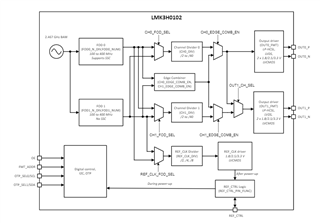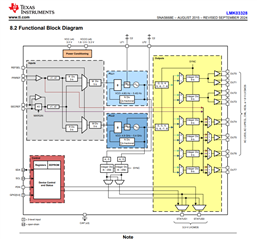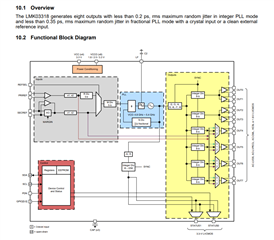Other Parts Discussed in Thread: LMK04821, USB2ANY, LMK03318, LMK04808, LMK03328, CDCEL925, CDCE6214, CDCE913, CLOCKPRO
Tool/software:
Hi,
My question is somewhat related to my previous query:
In summary I am looking for clock generators that can give me a range of clock frequencies from 2GHz (LVPECL) down to 500k (LVCMOS). I used the clock tree architect to look for suitable ICs for this purpose and the tool recommended LMK03806 and LMK04821

I plan to buy the evaluation boards for both of these ICs to test out the functionality/capability.
I have a couple of questions:
1. Should I be using something like the clock design tool (or do hand calculations suggested in AN-1865) to validate the recommendations from the clock tree architect?
2. Can I use the USB2ANY dongle for programming my end use case? I plan to take inspiration from the user guide of the eval boards for schematics design and PCB layout. However, I would like to understand if there are gotchas when trying to program multiple payloads (the 2 clock generators above) on one serial bus driven by the USB2ANY dongle.
3. Once programmed, I assume that these clock generators above remember the settings in an EEPROM, or, will I need to plan for one on the final application?
Thanks,
Prasoon







